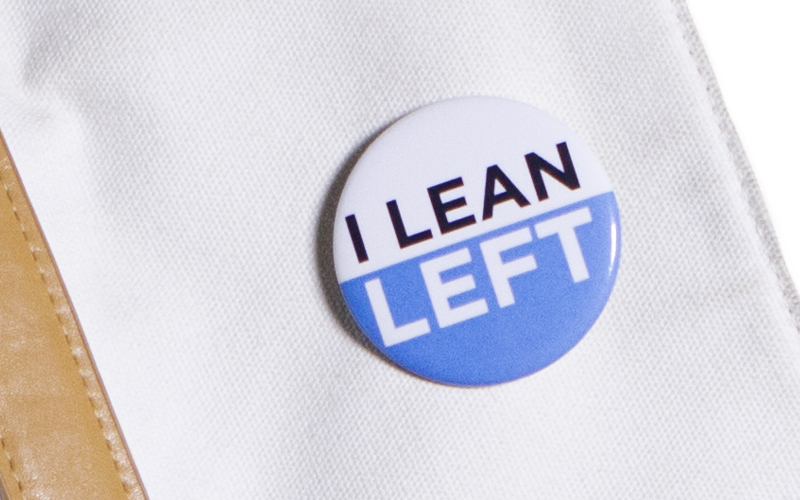Producer and consumer prices continue to rise – but what are some things that could be done to combat the problem? EJ Antoni, research fellow in economics for The Heritage Foundation, has a few ideas in mind.
"Number one, the administration could end what's effectively been a war on American domestic energy – reliable sources like coal, oil, natural gas," he says. "That has dramatically driven up prices that Americans are paying at the pump and for utilities."
According to Antoni, such action would have a "dramatic impact" on prices.
"The other thing is that we have to remember inflation is fundamentally a tax – and the only way you can reduce a tax is to reduce government expenditures," says Antoni. "That means government needs to spend less, borrow less, and print less money."
President Joe Biden isn't listening to critics that blame government spending for inflation. "I don't want to hear any more of these lies about reckless spending," the president said Tuesday at a pro-union event. "We're changing people's lives."
Biden made similar comments to the House Democratic Caucus Issues Conference in March. "The American people think the reason for inflation is the government is spending more money," he stated. "Simply not true."
Antoni disagrees – and, in fact, says it bothers him to hear the leader of the free world make such statements about the economy.
"It's really laughable, quite frankly, when the president gets up there and talks about how we need to spend more government money in order to reduce inflation," says Antoni. "There has never been a tax in the history of the world that was ever reduced by the government spending more money."
Even though Treasury Secretary Janet Yellen not long ago called inflation a "transitory" problem (a remark she has since publicly regretted), President Biden predicted last week that inflation in the U.S. could last "for a while" – and he may be right on that account. On Friday, his own Labor Department reported inflation hit a new 40-year high as consumer prices surged 8.6% in May from 12 months earlier – a pace faster than April's year-over-year surge of 8.3%.







